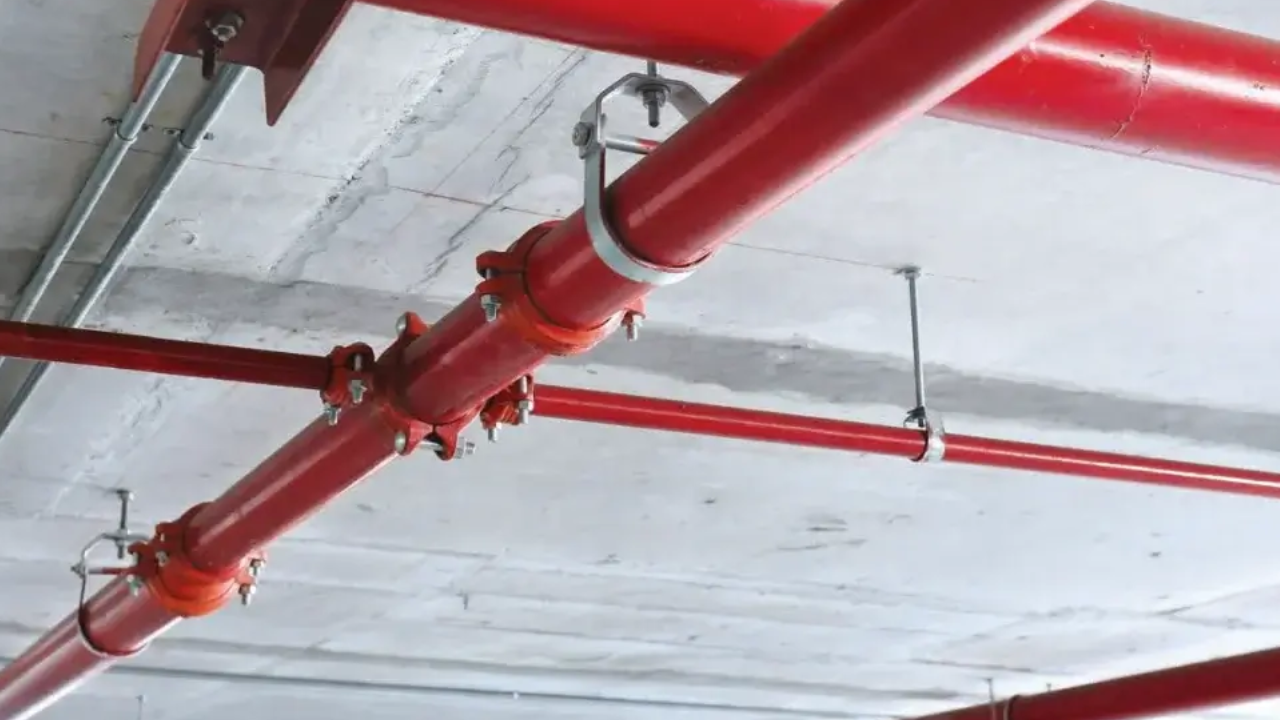The thickness of schedule 40 pipes plays a good sized function in their set up and coping with, impacting elements inclusive of weight, ease of manipulation, assist requirements, and equipment wanted for cutting and joining. Knowledge of these consequences is vital for making sure green, secure, and price-effective pipe set up and maintenance.
With the aid of very well informed results, task planners and installers could make informed choices, ensuring green, safe, and cost-powerful use of schedule 40 pipes in various packages. The sch40 thickness and sizing parameters represent a complex and essential system that, taken together, determines the function of the pipe and its realistic software outcomes.
Impact of Thickness of Schedule 40 Pipes
Here’s an in-depth observe how the thickness of schedule 40 pipes impacts those components:
Weight and Handling
The wall thickness of schedule 40 pipes contributes directly to their normal weight. Thicker partitions suggest heavier pipes, which could affect transportation, coping with, and installation processes. Heavier pipes require extra sturdy transportation strategies. This may increase the logistical fees and complexity, particularly for huge-scale projects.
People might also need an extra system, along with lifting gadgets or greater employees, to handle heavier pipes safely. Heavier pipes pose a better chance of injury in the course of managing, necessitating strict adherence to safety protocols and likely extra education for employees.
Ease of Manipulation
Thicker pipes are generally less bendy, making them tougher to move into function, especially in tight or complicated installations. Schedule 40 pipes with thicker walls are extra inflexible, making on-website online changes more hard.
In initiatives with confined areas, such as residential plumbing or complex industrial setups, the tension of thicker pipes can complicate set up. Specific planning and particular measurements grow to be essential to ensure that the pipes are in shape efficiently and feature as supposed without excessive force.
Support Requirements
Thicker and heavier schedule 40 pipes require more sizable guide structures to make certain balance and save you sagging or displacement. The distance between helps should be cautiously calculated to save you bending or sagging. Thicker pipes may additionally need help placed nearer collectively compared to thinner-walled pipes. More robust and occasionally greater steeply-priced supports are essential to house the increased weight of thicker pipes.
Cutting and Joining
The thickness of schedule 40 pipes affects the methods and gear required for cutting and joining. Thicker pipes require extra robust cutting equipment. Widespread pipe cutters might not be enough, necessitating the usage of strength tools or specialized systems. Accelerated wall thickness means extra cloth to reduce via, mainly to longer reducing times and doubtlessly better labor prices. The thickness can affect the kind of joints and fittings used. Ensuring right sealing might also require more adhesive or sealant fabric, especially if the joint surfaces are large due to improved thickness.
Thermal Expansion and Contraction
Thicker pipes have distinct thermal growth and contraction houses as compared to thinner pipes, which could affect set up and lengthy-time period performance. Thicker partitions may also amplify or agree otherwise underneath temperature changes, doubtlessly due to thermal stresses within the piping device. Installation should account for potential thermal enlargement and contraction, which may require bendy joints or growth loops. The material of the pipe at the side of its thickness will influence its thermal behavior, requiring cautious consideration at some point of the planning segment.
Corrosion Resistance
The wall thickness of schedule 40 pipes affects their resistance to inner and outside corrosion, thereby affecting their durability and preservation needs. Thicker partitions offer greater material to face up to internal corrosion over the years, doubtlessly extending the lifespan of the pipe. The identical principle applies to external corrosion. Thicker partitions can tolerate greater corrosion earlier than structural integrity is compromised. Pipes with thicker walls might also require much less frequent renovation or inspection for corrosion-related issues, decreasing lengthy-time period operational fees.
Cost Concerns
The thickness of schedule 40 pipes affects their value, both in terms of preliminary buy and set up prices. Thicker pipes use greater cloth, leading to higher initial charges. This could significantly affect the finances, especially for big projects. Set up of thicker pipes, due to the want for more exertions, specialized equipment, and additional help systems, may be greater pricey.
Regulatory and Standards Compliance
Compliance with constructing codes and enterprise requirements often dictates the minimal wall thickness for positive packages, ensuring protection and performance. Thicker pipes are probably mandated by codes for specific packages, in particular wherein excessive pressures or hazardous substances are worried. Ensuring that the set up meets regulatory standards may also require extra inspections and approvals, doubtlessly adding to the project timeline.
Ending Thoughts
The thickness of schedule 40 pipes has a profound effect on their set up and handling. Heavier weight requires careful transportation and dealing with techniques, while multiplied stress complicates maneuvering and location. Aid structures need to be strong and nicely-deliberate, and reducing and becoming a member of strategies call for more time and specialized gear. Thermal enlargement issues, more suitable corrosion resistance, and price factors all play essential roles in the selection and installation of these pipes.

